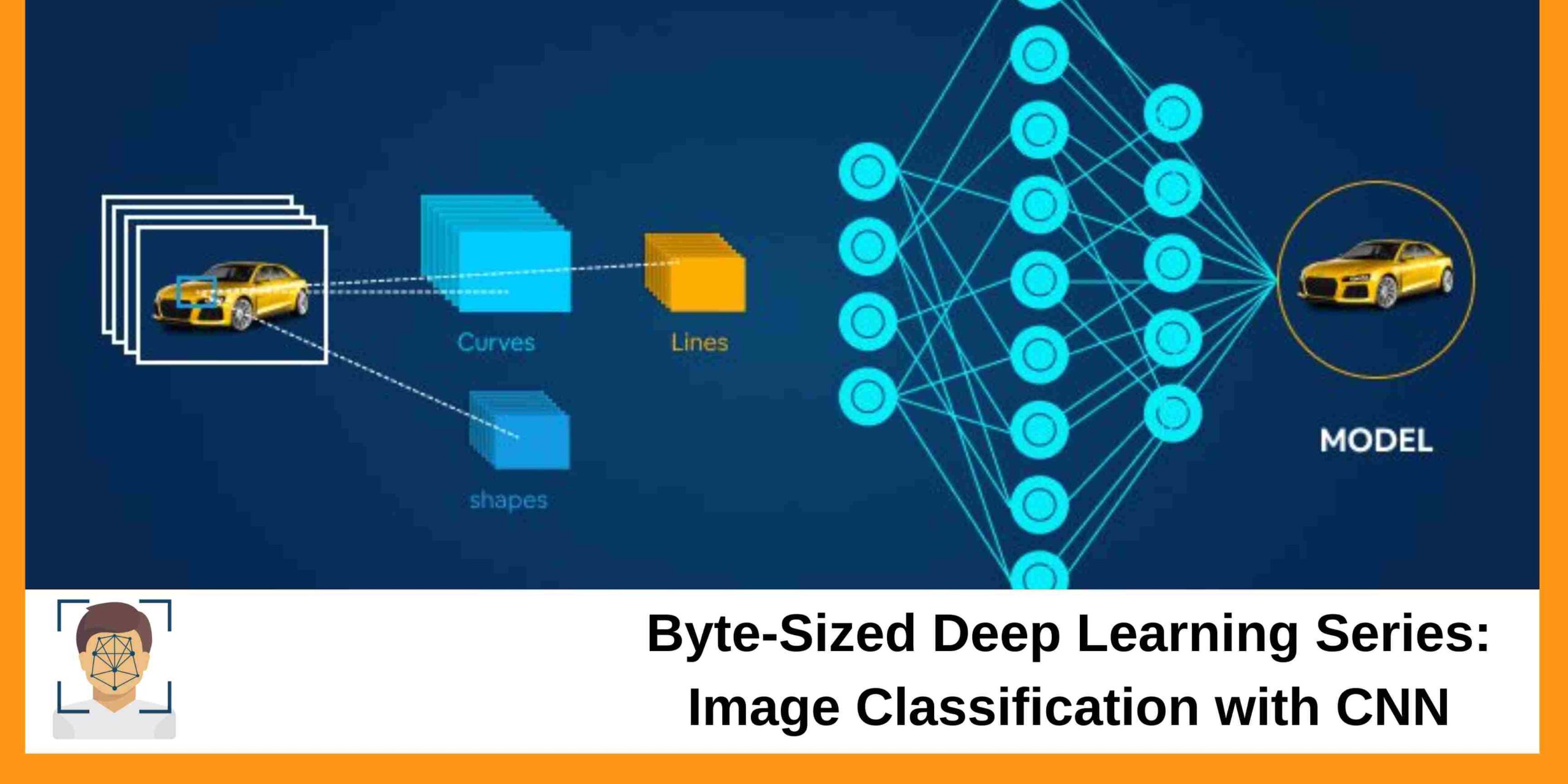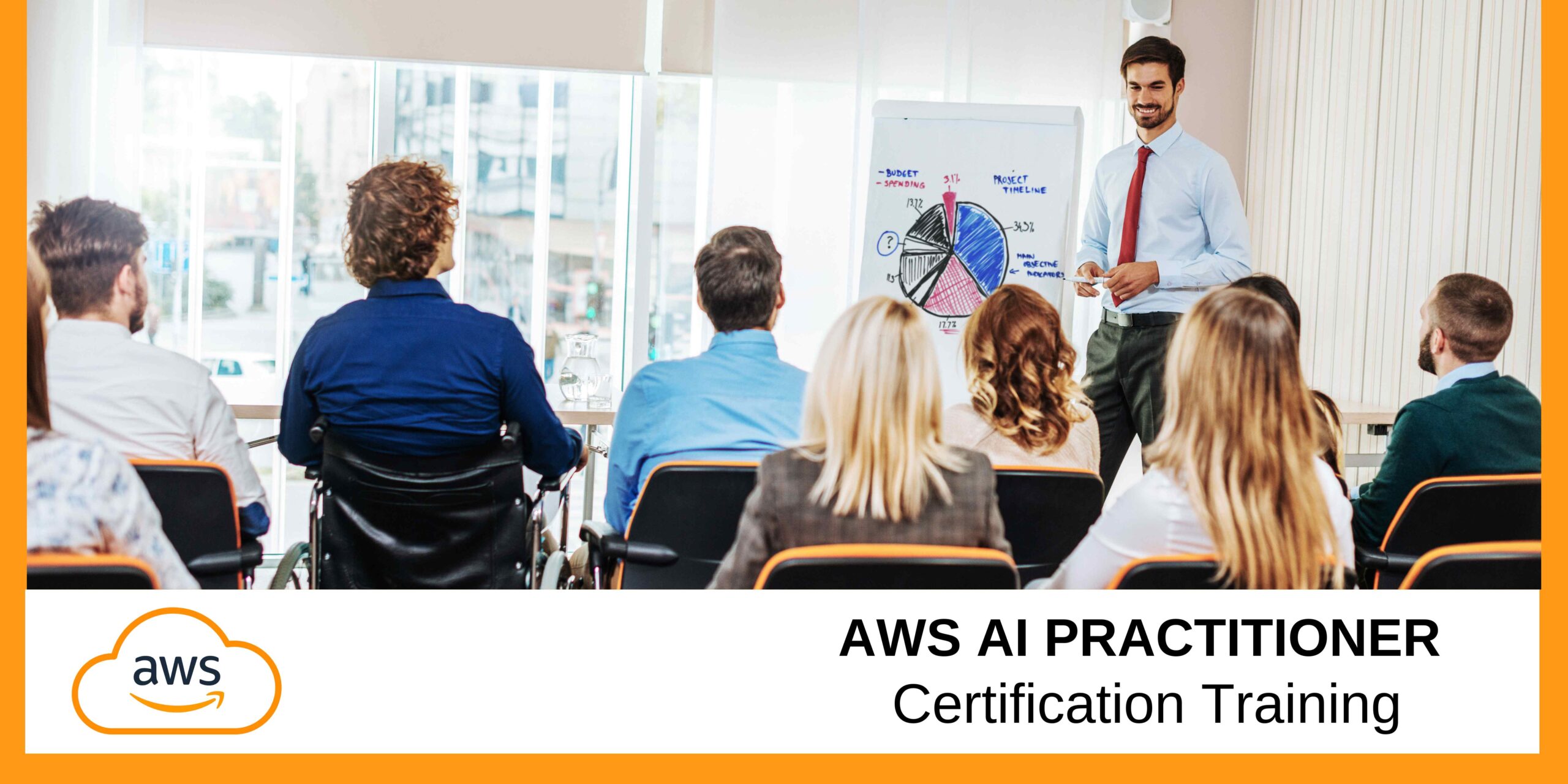- Overview
- Prerequisites
- Audience
- Curriculum
Description:
This 3-day intensive course provides participants with a solid foundation in Artificial Intelligence and Deep Learning using the TensorFlow framework. Beginning with neural network fundamentals, the course progresses into implementing various model architectures, including feedforward networks, CNNs, and RNNs. Participants will build, train, and evaluate models using TensorFlow and Keras APIs, with an emphasis on real-world use cases like image classification, time series forecasting, and natural language processing. By the end of the course, learners will be equipped to create production-grade deep learning models and understand how to optimize and deploy them effectively.
Duration: 3 Days
Course Code: BDT49
Learning Objectives:
After this training, participants will be able to:
- Describe the key principles of deep learning and the architecture of neural networks
- Implement neural networks using TensorFlow and Keras APIs
- Analyze the performance of models using appropriate evaluation metric
- Apply deep learning techniques to real-world use cases including image and text data
- Design and train custom models for classification, regression, and forecasting tasks
- Working knowledge of Python programming
- Basic understanding of linear algebra and statistics
- Prior exposure to machine learning concepts is helpful
- Software developers and engineers exploring AI model development
- Data scientists seeking hands-on experience with TensorFlow
- Machine learning enthusiasts aiming to build scalable deep learning solutions
- Researchers and students working with neural networks
Course Outline:
Module 1: Introduction to AI and Neural Networks
- Overview of AI and Deep Learning concepts
• Understanding perceptrons and multilayer neural networks
• Activation functions, loss functions, and optimizers
• Introduction to TensorFlow and Keras ecosystem
• Hands-on: Setting up TensorFlow and building a basic neural network
Module 2: Model Architectures and Implementation
- Feedforward neural networks for classification
• Convolutional Neural Networks (CNNs) for image recognition
• Recurrent Neural Networks (RNNs) and LSTM for time series and sequence modeling
• Overfitting, regularization, and dropout
• Hands-on: Training and tuning CNN and RNN models
Module 3: Use Cases and Model Optimization
- Transfer learning and pre-trained models
• Use case: Image classification using pre-trained CNNs
• Use case: Text sentiment analysis using embedding layers
• Model evaluation techniques: accuracy, precision, recall, F1
• Hands-on: Hyperparameter tuning and saving/loading models
• Deployment basics: exporting models for production use
Training material provided: Yes (Digital format)






